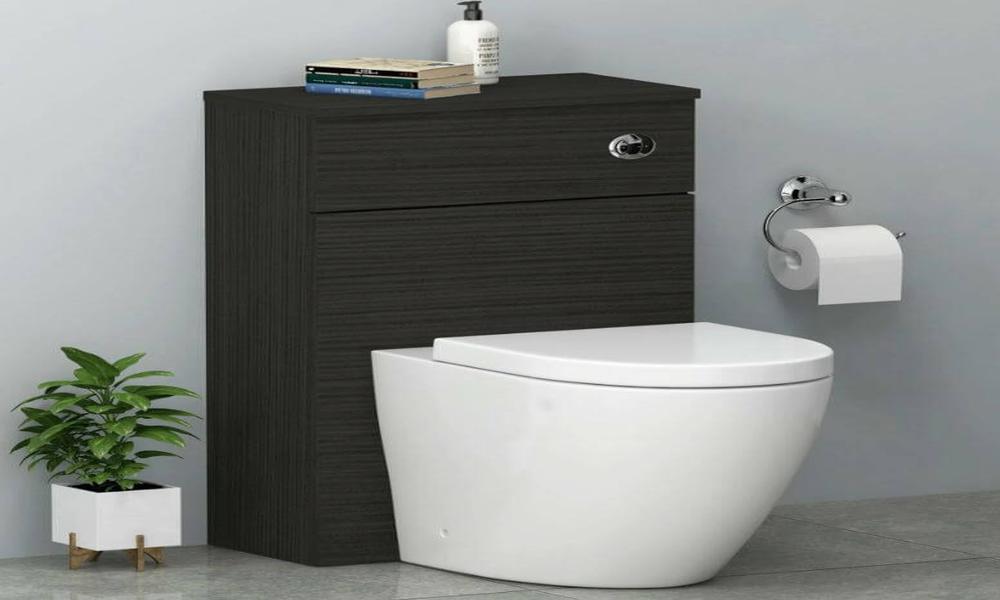To ensure optimal hygiene and functionality of a toilet unit, there are several best practices that you can follow:
Regular cleaning: Regular cleaning is essential for maintaining a hygienic environment in the toilet unit. Clean the toilet bowl, seat, and surrounding surfaces with an appropriate cleaning solution regularly. Also, ensure that the floor is mopped and dried to prevent slips and falls.
Proper waste disposal: Ensure that you dispose of waste appropriately, whether it’s toilet paper or other waste materials. If the toilet unit has a waste bin, ensure that it’s emptied regularly and disposed of in a way that doesn’t compromise hygiene.
Install appropriate signage: Install appropriate signage to provide clear instructions on how to use the toilet unit, such as flushing instructions and waste disposal guidelines. Also, consider installing a “wash your hands” sign to remind users to wash their hands after using the toilet.
Problems Everyone Has With TOILET UNIT
Here are a few:
Clogs: One of the most common problems with toilet units is clogging. This can happen when something is flushed down the toilet that shouldn’t be, or when there is a buildup of waste over time. To avoid this problem, it’s important to be careful about what you flush and to regularly clean your toilet.
Leaks: Another common issue with toilet units is leaking. Leaks can occur at various points in the toilet system, such as around the base of the toilet or in the water supply line. Leaks can waste water and lead to higher water bills, so it’s important to address them as soon as possible.
Running toilets: A toilet that continues to run after flushing can be annoying and wasteful. This problem is often caused by a malfunctioning flapper valve, which is responsible for controlling the flow of water into the toilet bowl. This is a relatively easy fix, but it’s important to address it to prevent water waste.
Difficulty flushing: If your toilet is difficult to flush or doesn’t flush at all, there may be a problem with the toilet’s flush mechanism or with the plumbing system. This can be a more serious issue that requires professional attention.
Everything You Wanted to Know About TOILET UNIT
Here is everything you need to know about toilet units:
Materials: Toilet units can be made of different materials such as ceramic, porcelain, and plastic. Porcelain and ceramic toilets are the most common materials used and are popular for their durability, easy cleaning, and aesthetics.
Flush Mechanism: Toilet units typically have a flushing mechanism that allows you to flush the waste away. There are different types of flushing mechanisms such as gravity, pressure-assisted, and dual-flush.
Water Usage: The amount of water used per flush is an important consideration when choosing a toilet unit. Most modern toilets are designed to use less water, with low-flow toilets using as little as 1.28 gallons per flush.
Installation: Installing a toilet unit typically involves attaching the toilet bowl to the floor, connecting the cistern, and installing the flushing mechanism. It is recommended to hire a professional plumber for the installation process.







